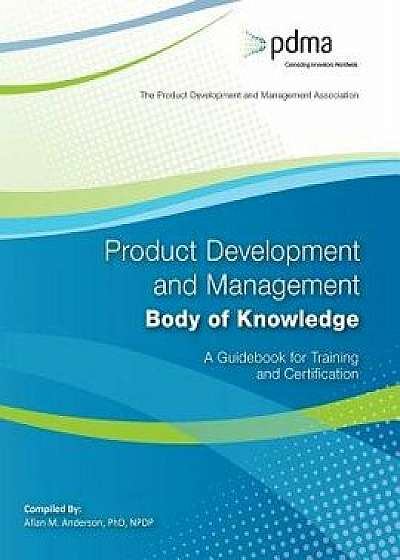
Product Development and Management Body of Knowledge: A Guidebook for Training and Certification, Paperback/Allan M. Anderson Phd
Descriere
Contributor(s):Author: Allan M. Anderson Phd This book is designed to provide the body of knowledge (Bo K) required by candidates studying for PDMA's New Product Development Professional certification examination. The guide is divided into seven chapters, consistent with the seven topics used as a basis for the NPDP examination. These are: 1. Strategy 2. Portfolio management 3. New products process 4. Culture, organization, and teams 5. Tools and metrics 6. Market research 7. Life cycle management These chapters will cover the fundamental principles of product development and product management, which can be applied to a wide range of product and service industries. The information is intended to provide the basis for ongoing learning and continuous improvement, both in the individual and their organization. Clearly, there is a wide variation across industries. The type of products or services, the markets, organization size, and structure all contribute to differences in the approach to product development and product management. It is not possible to address the full range of specific practices and processes used in all industries. Instead, this book focuses on the fundamental principles that underpin successful product development and product management across a broad range of industries and individual organizations. Throughout the book we endeavor to provide relevant examples of the specific ways in which these fundamental principles are applied to a range of product and service situations. The material provided as the basis for the NPDP certification can be applied to the full range of product development projects included in most company portfolios: - New-to-the-company products or services - Line extensions - Cost reductions - Product or service improvements - features, functionality, aesthetics Throughout each chapter we have provided self-learning exercises. These are intended to encourage the reader to relate the specific material covered in that chapter to





